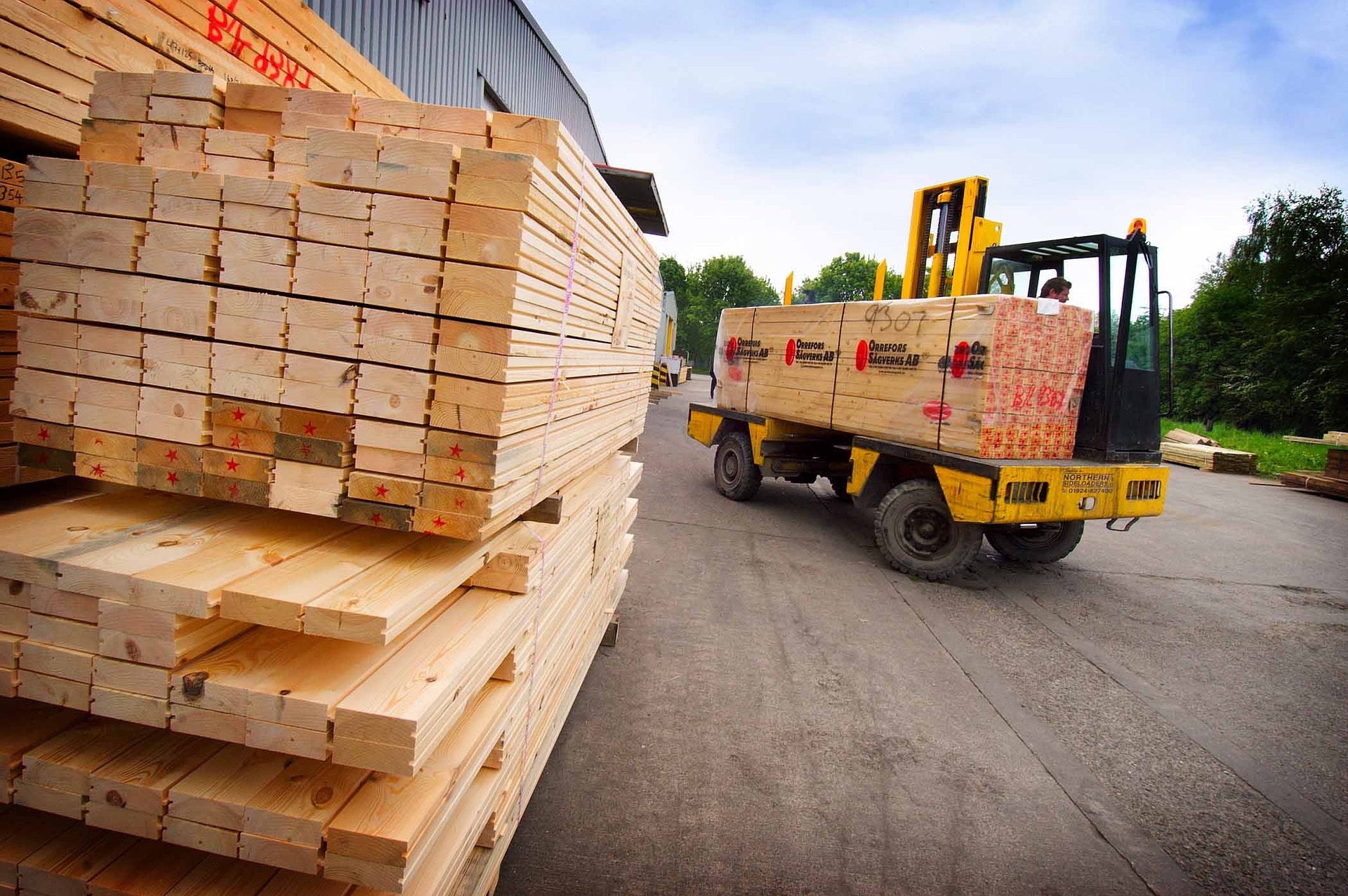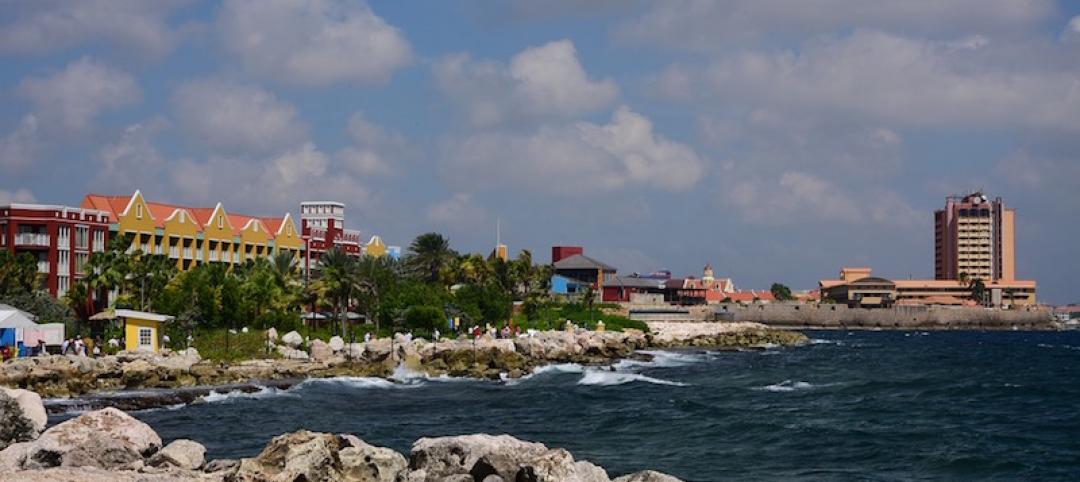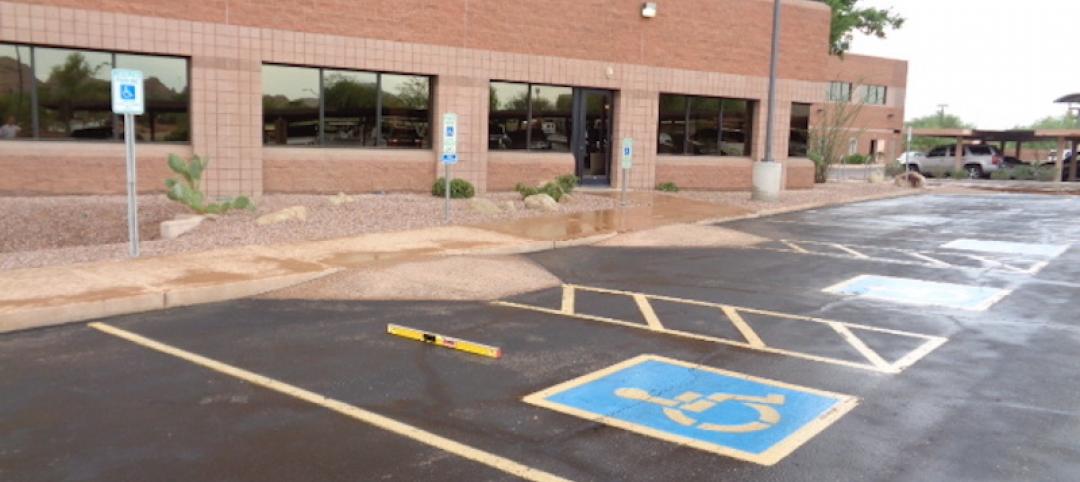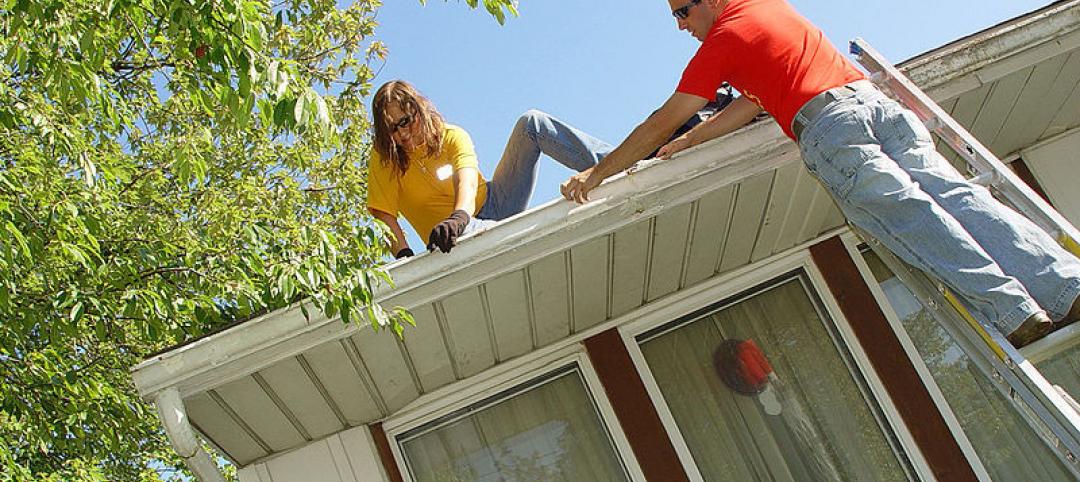Global supply chain interruptions that started at the very beginning of the pandemic are still with us and compounding every step of the way. Below are a few proven tips on how to avert some of the costly fallout should we be faced with similar commercial disasters at any time in the future.
Looking at what happened, it’s no surprise the situation turned as dire as it did. At its worst in mid-November, the Port of Los Angeles had 84 ships waiting in the harbor to unload, more than twice as many as there were at the end of August. The delay to get into a berth is now weeks versus hours pre-Covid. Yet, empty cranes stand idle at the water’s edge. Why? Because the yards are already full, with no room to stack more containers safely.
Delays in the delivery of anything—from raw materials to furniture—ordered months ago by consumers weren’t just challenging everyone’s patience, they were stretching it to the breaking point.
Shipping costs also went up dramatically. A container going from China to L.A. that cost $2,500 to ship pre-Covid is now costing upwards of $25,000. The cost of transit by sea is no longer cheap enough to be considered incidental in the scheme of things.
Will it ever end? Probably not before late next year. The infrastructure bill has $17 billion earmarked for port improvements alone, but it’s not nearly enough, and it will be slow to trickle down. President Biden mandated the Port of Los Angeles operate 24/7 to ease some of the bottleneck, but there were too few takers on those added shifts to make an impact on the backlogs in the short term.
ALSO SEE: Amid supply chain woes, building teams employ extreme procurement measures
To help alleviate storage constraints, the Port of Savannah, Ga., urged the use of pop-up yards in Georgia and North Carolina, according to the Journal of Commerce, but efforts by carriers to utilize alternate options have been slow, while the costs to further develop alternate locations is high without federal investment.
Truckers—or the lack thereof—might be the biggest obstacle. The American Trucking Association claims the sector is short 80,000 drivers. Worsening the problem nationwide, there are 1.4 million fewer able-bodied 25-54 year olds looking for work.
Things will improve eventually, but as the March 2021 Evergreen Suez Canal blockage incident taught us, there is never a guarantee of smooth sailing. With climate uncertainty becoming the norm, no one can predict a fluke phenomenon like ice storms in Texas, the gravity of California’s wildfire season, or the next Covid-19 variant flare-up.
Steps to prepare for the next supply chain disaster
The following steps will help your firm alleviate some of the fallout from similar future incidents, which could all too easily derail international commerce yet again.
First, it’s going to take a complete change in mindset. Developers should not try to game the system by playing the futures market. Commodity prices will fluctuate over the next year, but the escalation of costs over the long-term is a certainty. Will lumber be more or less expensive next year? Should you buy now or wait? If you wait, it’s possible that cheaper commodities prices will prevail, but you’ll pay more in healthcare and labor. That said, there is indication that lumber prices are starting to rise again after falling dramatically from their peak in May 2021.
Prices will definitely stabilize, but they are not likely to go back to a pre-pandemic baseline. It’s important to follow costs every step of the way to know what the real price is at any given moment.
For large commercial projects, prices you get from a general contractor are generally based on budgets they developed one or two years prior—the time it takes to design and build something. Hiring someone to keep a finger on the pulse of real-time market prices saves the cost differential and then some.
While supply chain disruptions persist, it’s also wise to plan ahead, meaning buy in bulk and warehouse locally. Empty warehouse space away from ports is plentiful, as are failed former big-box retail stores whose landlords are begging for revenue while they reposition properties. These structures are the right proportion and have few columns to work around. They are also relatively inexpensive to rent, require little in the way of build-out and guarantee developers supplies for multiple projects.
Another good idea: In the design phase, make the best informed plans as soon as you put pen to paper, if not before. Architects should remain in constant discussion with suppliers when selecting product and material specifications to keep tabs on stock available of everything, from tile to lighting. To do otherwise could lead to shortages at the procurement stage and getting mired in finding a substitute.
Similarly, when bidding a project with a general contractor, make sure they are getting input from their subcontractors on product availability. Identifying potential supply risks early will prevent owners from paying vast sums in overtime to contractors to expedite the work when goods show up late.
Part of planning ahead is leaving the time to do so. Start the process early and build accurate delivery times into your expectations. Not doing so could mean paying punishing expedited shipping in addition to overtime costs.
Forward planning is particularly important with hotels, whose highly constrained turnaround time can be problematic. Having to reselect flooring or roofing materials from what’s available mid-project is a problem to be avoided. Having experienced consultants on board who are constantly monitoring costs gives a sense of where things can go wrong, stops it from happening and saves money exponentially.
Sourcing locally is another way to avoid a repeat of the current supply chain disaster or at least lessening the impact. Shop on the continent: the U.S., Canada, and Mexico. There’s no need to stay away from the global market completely, but there are local suppliers who are top-notch and available with more than adequate production capacity. These local suppliers are particularly good on the furnishings side—flooring, lighting, etc.—and will work with designers on custom orders.
Items from these domestic suppliers might cost 2-3 percent more per unit, but you save on shipping by ground, which is also generally more reliable. Truck drivers may continue to be in short supply with so many of them snapped up by companies like Amazon or even UPS, but there are plans afoot to improve U.S. freight delivery by rail using driverless robotic trains with far greater capacity than trains currently in use. One such system in use at the Port of Rotterdam increased capacity by 44 percent. Australia launched a fully autonomous freight system two years ago.
Pairing up with big institutional partners is another option. Companies like Williams Sonoma or Best Buy have clout in the supply chain that smaller customers can profit from. Not only can you purchase from them, many are chartering their own cargo ships at this point to try and skirt the log jam.
It was reportedly a full moon that helped dislodge the Evergreen container ship from the shores of the Suez Canal. The current bottleneck may well require a similar miracle.
About the author
Ryan Bosworth leads the San Francisco office of property and construction consultant Rider Levett Bucknall. He holds an undergraduate degree in Political Science and Economics from the University of California, Berkeley and a Masters Degree in Urban and Regional Planning from the University of Cape Town, South Africa. He has 15 years of experience working throughout the Bay Area on a variety of asset types within the commercial and residential sectors. He can be reached at ryan.bosworth@us.rlb.com.
More from Author
Rider Levett Bucknall | Aug 14, 2023
Fast-tracking construction projects offers both risk and reward
Understanding both the rewards and risk of fast-tracking a project can help owners, architects, engineers, and contractors maximize the benefits of this strategy and can bring great reward on all fronts when managed properly.
Rider Levett Bucknall | May 31, 2022
Checking out: Tips for converting hotels to housing
Many building owners are considering repositioning their hotels into another property type, such as senior living communities and rental apartments. Here's advice for getting started.
Rider Levett Bucknall | Jul 24, 2019
Design goooals for football stadiums: Lessons from the U.K. and the U.S.
Both professional soccer and football have vigorously pursued targeted global growth.
Rider Levett Bucknall | Apr 30, 2018
Following—and forecasting—the money: Financial modeling for project managers
To wait until there’s a problem affecting design and construction before consulting with a PM wastes valuable time when a project is at its most vulnerable point.
Rider Levett Bucknall | Jan 11, 2018
Harvesting energy and profits: A new approach to MEP cost analysis
In the course of providing cost estimating services, educating the client on making prudent choices is a high priority.
Rider Levett Bucknall | Sep 6, 2017
Following the money: G702 progress payment certifications
There is no single method of calculating progress payments, but the most common formula is the percentage of completion applied to the total contract price, less a retainage which is held by the owner until final acceptance of the project.
Rider Levett Bucknall | May 3, 2017
Avoiding trouble in paradise: Tips on building successfully in the Caribbean
The island setting itself is at the root of several of these disruptive assumptions.
Rider Levett Bucknall | Feb 8, 2017
Don’t leave your office or business vulnerable to drive-by lawsuits
Across numerous states, unscrupulous attorneys are filing hundreds of “drive-by” lawsuits that are founded on noncompliance with ADA regulations against businesses that often have no idea they have done anything wrong.
Rider Levett Bucknall | Nov 10, 2016
Prescription for success: Managing technology in the design of healthcare facilities
While the benefits of intelligently deployed technology are abundantly clear to both designers and healthcare end-users, it’s no simple task to manage the integration of technology into a building program.
Rider Levett Bucknall | Aug 29, 2016
Home maintenance 101: How uninformed homeowners can cause developers big headaches, and what to do about it
By taking a proactive stance, the home-building industry can both educate the public about the importance of home maintenance and raise awareness within the construction community about protecting their professional rights and reputations.















